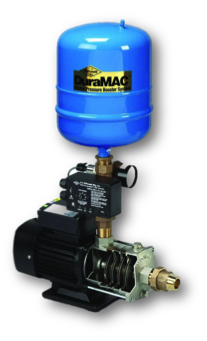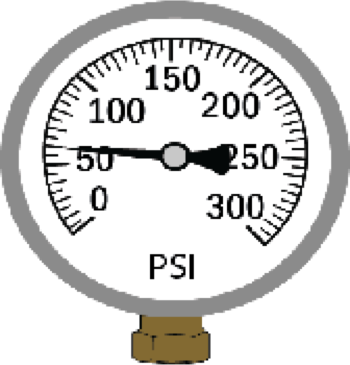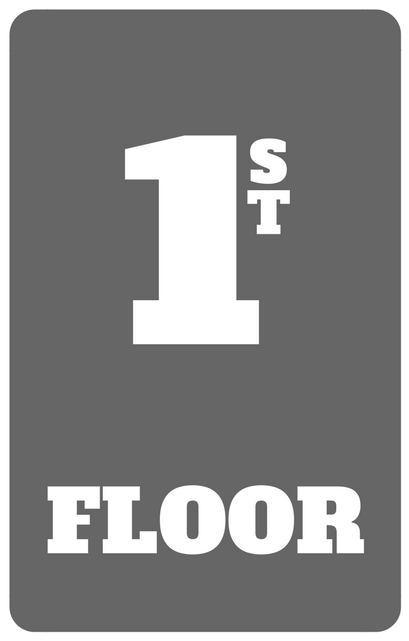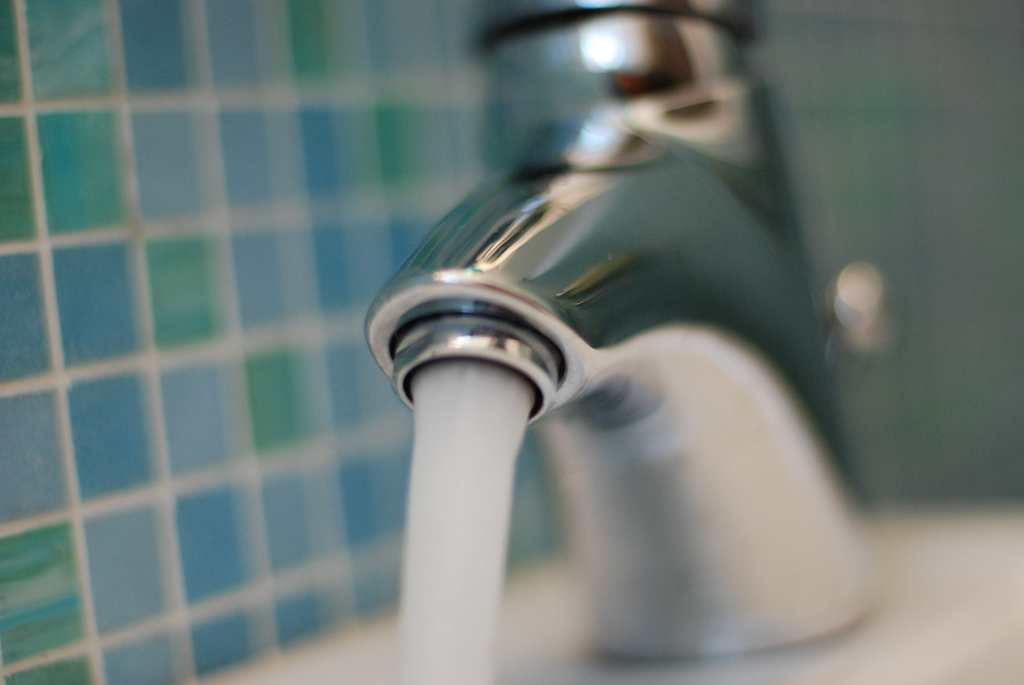Factors That Influence Booster Pump Sizing

Factors That Influence Booster Pump Sizing
Have you ever taken a shower with water pressure so low that you couldn’t even wash the shampoo out of your hair? Or hand-washed the dishes with the faucet on full blast but the water couldn’t clean the food off the plate, due to low pressure?
With high water pressure the preferred route for homes and businesses, people just want the most straightforward solution. As the means of maintaining the preferred pressure to all the fixtures within a structure, booster pumps are often the answer – as long as you invest in the correct size.
Water pressure results from several variables and so does the size of the booster pump. In order to achieve the ideal water pressure without the worry of the pump short cycling and, in turn, decreasing in life expectancy, there are a number of factors that need to be considered:
Incoming Pressure
Incoming pressure is the pressure (PSI) of the water being provided from the service line. This factor is important to booster pump sizing because it influences the additional pressure boost needed. Simply put, if you have 20 PSI of incoming pressure and you want to get to 60 PSI, you’ll need a 40 PSI boost.
Supply Line Size (Diameter) and Flow (GPM)
The supply line size is the diameter (inches) of the water service line while flow is the GPM provided by the supply line. This information is important to booster pump sizing because it ensures proper water capacities (GPM). For example, if your supply line size is too small, you may not be able to provide enough flow to meet the water usage demand.
Number of Floors/Elevation (Height in Ft.)
The number of floors or total elevation (height in ft.) is determined from the supply line to the highest fixture. This factor determines pressure loss due to elevation (height in ft.).
Power Available (Volts/Phase)
Power available is important to booster pump sizing because it matches the structure’s available electrical service (volts/phase) to the proper booster pump.
Desired Pressure (PSI)
The desired pressure (PSI) is the amount of pressure preferred at the fixture. If the desired pressure is not maintained, this will lead to fixtures having inadequate water pressure.
Peak Flow Demand (GPM)
The number and type of fixtures in the structure determine peak flow demand. This factor is important to booster pump sizing because matching the right size pump to the total GPM required ensures adequate flow capacity for all fixtures.
While often calculated with the pump manufacturer’s input, booster pump sizing is an essential part of the process to bringing the proper amount of water pressure to a structure. With A.Y. McDonald as one of these pump manufacturers, our industry experts are trained to answer your every booster pump sizing question, as long as you’re willing to give us a call: 1-800-292-2737. After all, life is too short for dirty dishes and greasy hair!
Learn more about the topic by taking the 'Booster Pumps' AYU course.



